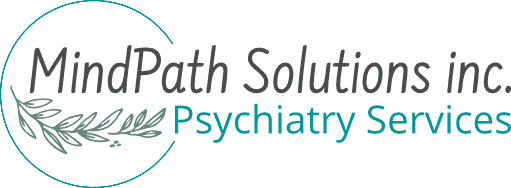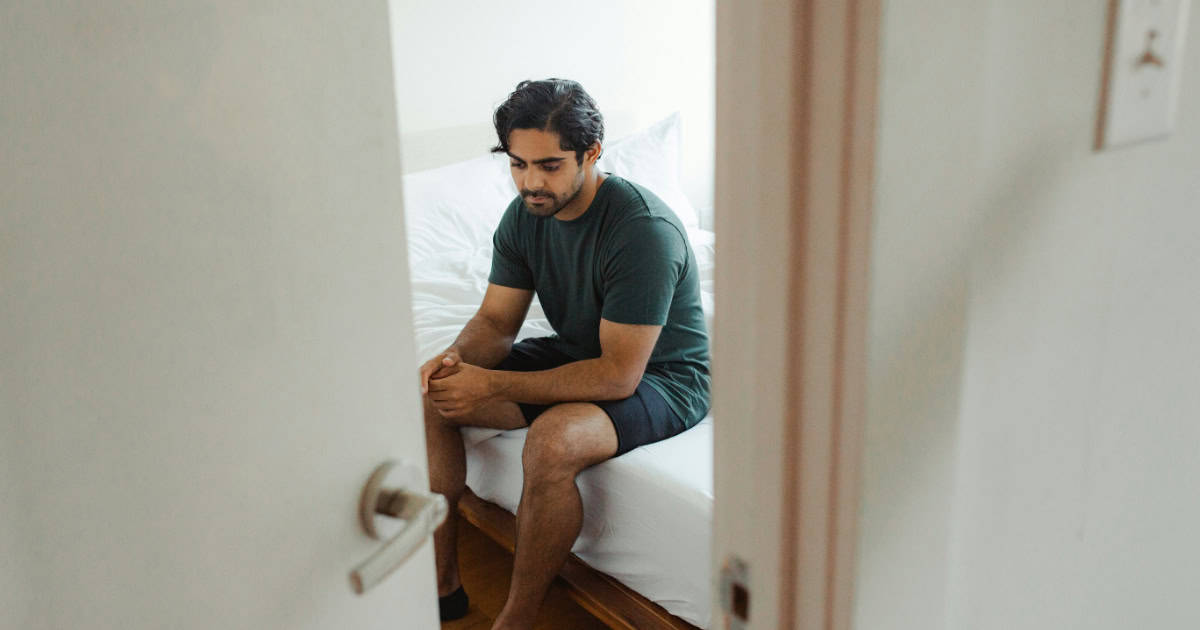As a board-certified nurse practitioner specializing in psychiatry, I’ve witnessed the devastating impact of social isolation on mental health. In an era where technology reshapes our world, we face a paradox: despite being more connected digitally, we are increasingly disconnected emotionally.
The COVID-19 pandemic has amplified this trend. Children now spend more time interacting with screens than with each other, often discussing video games rather than their feelings or social experiences. Additionally, over the course of two decades people ages 15-25 have an almost 70 percent reduction with time spent in person (U.S. Department of Health and Human Services, 2023). Adults work remotely, gaining independence but losing vital human connections. Our world has shrunk through digital connectivity, yet we’ve grown more detached from one another.
The statistics paint a grim picture. A recent Psychiatric Association poll reports that about 1 in 3 adults in the U.S feel lonely weekly (American Psychiatric Association [APA], 2024). Social isolation increases the risk of premature death from all causes, rivaling the risks associated with smoking, obesity, and physical inactivity. It’s linked to a staggering 50% increased risk of dementia and contributes to higher rates of depression, anxiety, and suicide (Division of Population Health, National Center for Chronic Disease Prevention and Health Promotion & U.S. Centers for Disease Control and Prevention [CDC], n.d.)
Dr. Vivek Murthy, the U.S. Surgeon General, emphasizes this crisis: “Loneliness and weak social connections are associated with a reduction in lifespan similar to that caused by smoking 15 cigarettes a day and even greater than that associated with obesity and physical inactivity” (U.S. Department of Health and Human Services, 2023, para. 5) We often romanticize solitude, seeking escape in nature or retreating from society. However, we fail to recognize that it’s our connections with others that enable us to thrive. Family, friends, and community aren’t luxuries—they’re necessities for our mental and emotional well-being.
It’s crucial to understand that suicide ideation can start subtly. A seemingly innocuous comment like “I’m just so tired of it all” or “I can’t take it” might be the first whisper of a much deeper struggle. We must pay close attention to what people say and how they say it. This underscores the critical need for quality relationships in an age that’s drifting towards isolation.
The link between isolation and suicide is alarming. Research shows that social isolation is one of the strongest predictors of suicidal thoughts, attempts, and lethal behavior. As we observe Suicide Prevention Month, it’s imperative that we prioritize human connections.
Here’s what we can do:
- Make people a priority. Set aside time for face-to-face interactions, even if it means adjusting your schedule.
- Listen, really listen. Pay attention to the subtle cues in conversations. Sometimes, what’s left unsaid speaks volumes.
- Reach out to those who might be hurting. A simple “How are you really doing?” can open doors to meaningful conversations.
- Foster community engagement. Encourage participation in local events, volunteer work, or support groups.
- Promote digital literacy that emphasizes healthy online interactions and the importance of offline connections.
- Encourage and support family or friends to find mental health providers who can provide a path that fosters connection, growth, and healing. The American psychiatric Association reports from their most recent poll that as little as 9% of those polled connected to a therapist or counselor (APA, 2024).
- Become aware and knowledgeable regarding lifesaving resources and share information within the community for those that may be in crisis.
- Become proactive ensuring loved ones who are feeling down, depressed and isolated are safe from harmful means such as guns. In 2022 according to the CDC, 26,993 people died from gun suicide an increase from that of 2021 (Johns Hopkins Bloomberg School of Public Health: Center for Gun Violence Solutions, n.d.)
As a society, we must rekindle the art of genuine human connection. It’s time to look up from our screens, engage with those around us, and create a world where everyone feels seen, heard, and valued. In doing so, we can build a more compassionate, connected, and mentally resilient community. By addressing social isolation, we’re not just improving mental health—we’re saving lives.
Let’s make this Suicide Prevention Month the starting point for lasting change. Together, we can combat the epidemic of loneliness and social isolation and create a society where no one feels alone in their struggles.
Suicide Resources
- National Suicide Prevention Lifeline – 1-800-273-TALK (8255)
- National Suicide & Crisis Lifeline at 988 (24/7) call or text
- Veterans Crisis Line – 1-800-272-8255 Press 1 – TEXT: 838255
- Always remember 911 for life-threatening emergencies.
References
American Psychiatric Association. (2024, January 30). New APA poll: One in three Americans feels lonely every week. Retrieved September 1, 2024
Division of Population Health, National Center for Chronic Disease Prevention and Health Promotion & U.S. Centers for Disease Control and Prevention. (n.d.). Loneliness and social Isolation linked to serious health conditions. Department of Health and Human Services.
Johns Hopkins Bloomberg School of Public Health: Center for Gun Violence Solutions. (n.d.). CDC provisional data: gun Suicides reach all-time high in 2022, gun homicides down Slightly from 2021. Johns Hopkins. Retrieved September 1, 2024,
U.S. Department of Health and Human Services. (2023). Our epidemic of loneliness and isolation. Office of the U.S. Surgeon General. Retrieved August 31, 2024

